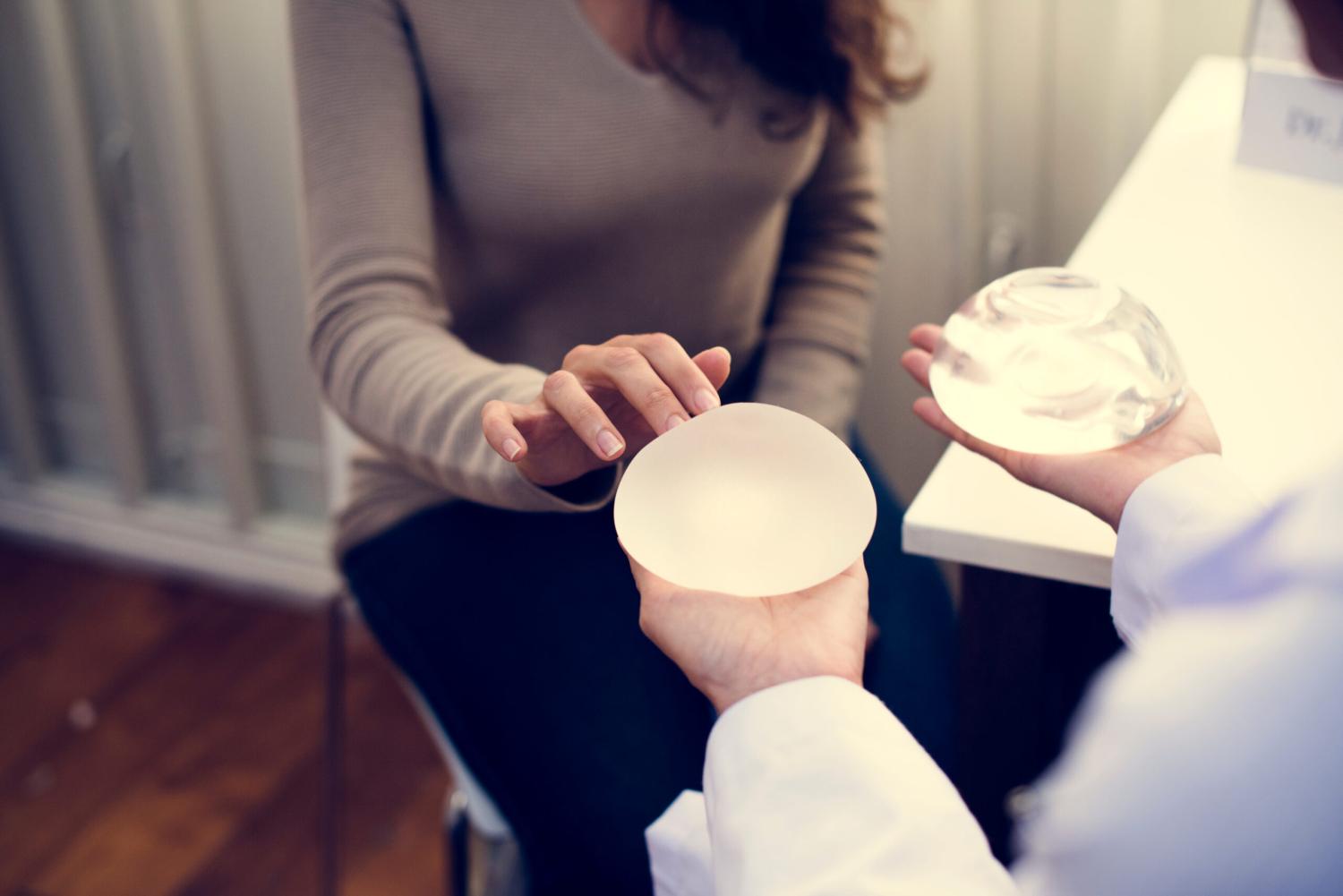
-
14.7K Views 0 Comments 0 Likes

While patients are supposed to replace their breast implants after 10-20 years, there are several reasons why they may need to be replaced sooner.
If your breast augmentation does not produce the natural-looking results you desired, you have implant issues, or you have observed your natural breast skin wrinkling and drooping, a breast implant revision can assist.
Here are five typical signs that you need revisionary surgery.
1. Your breast implants are causing pain or discomfort
Painful implants can cause a variety of problems that necessitate a breast implant revision, such as capsular contracture, injured lymph nodes, a developing seroma, pinched nerves, or improper implant placement. Pain may indicate that your silicone implants have ruptured or are leaking if you have them.
Even if there is no major problem causing discomfort, some patients find implants uncomfortable enough to interfere with their everyday lives, particularly if the implant utilized is excessively large or poorly placed.
Persistent pain or irritation, regardless of the reason, is not a usual side effect of breast augmentation surgery. Patients who are suffering either should consult with their surgeon.
2. Your breast implant has ruptured
Implant rupture can occur as a result of sudden or extreme physical pressure (like in a vehicle accident) or as a result of the implant shell aging and deteriorating.
When a saline implant ruptures, the damaged breast deflates almost immediately, making diagnosis simple. The saline fluid contained within the implant is identical to the IV solution and is easily absorbed by the body.
Ruptures in silicone implants, on the other hand, cannot be detected without an ultrasound or an MRI because the thick silicone gel inside the implant oozes out slowly.
While a breast implant rupture is not a life-threatening emergency, it is critical to get the damaged implant removed to avoid infection or the formation of excessive internal scar tissue.
3. Your breast implant has bottomed out
If the skin and tissue are unable to sufficiently support the breast implant, the implant may progressively sink below the breast crease, or "bottom out." This issue is more frequent with large or heavy implants, although it can also be caused by post-surgery pregnancies or skin laxity due to age.
Breast drooping is not uncommon. However, unlike breasts that naturally descend with the breast tissue, bottomed-out implants cause nipples to shift upward as the implants fall lower. Patients may also be able to feel and see the shape of a bottomed-out implant.
4. Your breast implant is moving or rotating
Breast implants naturally settle into a slightly different position over time. Implants moving to a drastically different place on the chest wall is unusual. This is known as implant displacement, and an implant can shift in a variety of ways.
When the implant pocket is excessively large, lateral displacement (implants migrating too far away from the midline of the chest) might occur. Symmastia, or breast implants merging in the middle of the chest, is an uncommon complication caused by removing too much tissue near the breastbone, causing the muscle between the breasts to detach.
A big implant pocket might potentially cause implant rotation. Patients may not notice whether a round implant has rotated, but a rotation of teardrop implants results in a top-heavy, unnatural breast appearance.
5. Your breast implant has changed shape
If the implant ruptures, shifts, spins, bottoms out or becomes otherwise displaced, the form of the implant may change.
Changes in implant shape are typically asymmetric, occurring in one breast or the other. Even if both implants change shape, they may not change in the same way. This asymmetry is not medically dangerous, but it can give people severe emotional discomfort and make finding bras and clothing that fit properly extremely difficult.


